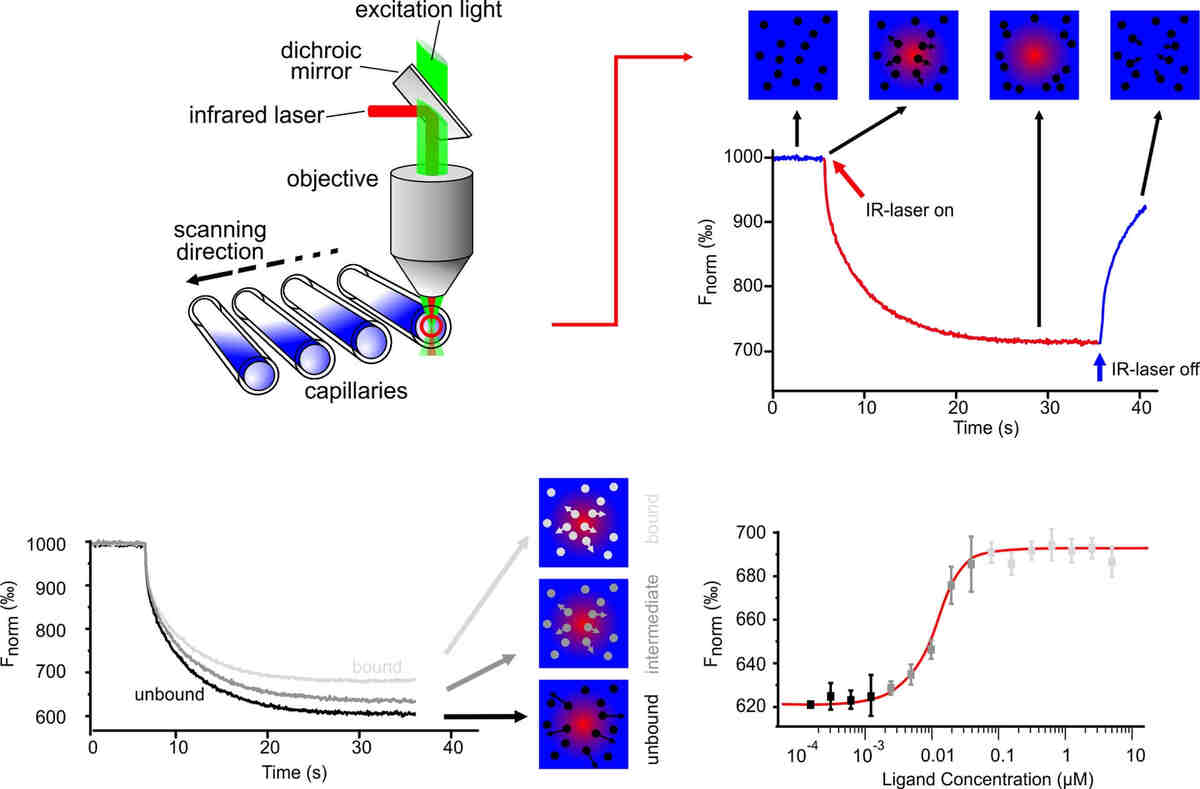Microscale techniques are a collection of methods used primarily in chemistry to perform experiments on a very small scale, typically using milligrams to micrograms of material. These techniques, developed in response to the need for safer, more economical, and environmentally friendly laboratory practices, are now widely adopted in educational institutions and research laboratories. By minimizing the quantity of chemicals used and produced, microscale techniques help reduce waste, lower costs, and mitigate risks associated with handling hazardous substances. This essay explores the principles, advantages, applications, and educational significance of microscale techniques.
Principles of Microscale Techniques
The fundamental principle behind microscale techniques is the reduction of the scale of chemical experiments. Traditional laboratory procedures often involve large quantities of reagents, leading to significant waste and increased hazards. In contrast, microscale methods use smaller quantities of chemicals—often by a factor of 100 or more—without compromising the accuracy or reliability of the results. This reduction is made possible through the use of specialized equipment designed to handle minute amounts of material. For instance, microscale glassware such as pipettes, microburners, and reaction plates are tailored for use with small volumes, ensuring precision in measurement and reaction conditions.
Additionally, microscale techniques focus on minimizing energy consumption. Because smaller amounts of reagents are used, less energy is required for heating or cooling reactions, contributing to the overall efficiency and sustainability of laboratory operations. This aligns with the broader goals of green chemistry, which seeks to reduce the environmental impact of chemical processes.
Advantages of Microscale Techniques
Microscale techniques offer numerous advantages across various domains:
1. Safety: One of the most significant benefits of microscale techniques is the enhanced safety they provide. By using smaller quantities of hazardous chemicals, the potential for accidents, such as spills, fires, or toxic exposures, is greatly reduced. This makes the laboratory environment safer for both students and researchers.
2. Cost Efficiency: The reduction in the amount of chemicals required translates to lower costs. Laboratories can save on the purchase of expensive reagents and the disposal of hazardous waste. This economic advantage is particularly beneficial for educational institutions with limited budgets.
3. Environmental Impact: Microscale techniques contribute to the principles of green chemistry by reducing the generation of chemical waste. Smaller-scale experiments produce less waste, which in turn reduces the need for disposal and the associated environmental impact. This aligns with global efforts to promote sustainability in scientific practices.
4. Speed and Convenience: Due to the smaller scale, many microscale experiments can be completed more quickly than their traditional counterparts. This allows for a higher throughput of experiments, making it easier to conduct multiple trials or variations of an experiment within a limited time frame.
5. Educational Benefits: In educational settings, microscale techniques offer students hands-on experience in a safer, more manageable environment. The simplicity and safety of microscale experiments encourage active participation and experimentation, fostering a deeper understanding of chemical principles.
Applications of Microscale Techniques
Microscale techniques are applied across various fields of chemistry and beyond. In organic chemistry, they are commonly used for synthesis, where reactions can be carried out with minimal amounts of reagents, often using simple equipment like microscale reflux setups or distillation units. Analytical chemistry also benefits from microscale methods, particularly in techniques such as chromatography, where small samples can be analyzed with high precision.
In educational settings, microscale techniques are used extensively in teaching laboratories. They allow students to conduct experiments that would otherwise be too dangerous, costly, or time-consuming on a larger scale. For example, titrations, extractions, and crystallizations can all be performed using microscale methods, providing students with valuable practical experience while minimizing risks.
Moreover, microscale techniques are increasingly used in environmental and biological research, where sample sizes are often naturally limited. In environmental science, microscale methods enable the analysis of small quantities of pollutants or trace elements in water, soil, or air samples. In biology, microscale techniques are used for DNA extraction, protein analysis, and other applications where only minute amounts of biological material are available.
Educational Significance
The educational significance of microscale techniques cannot be overstated. In teaching laboratories, these methods provide a safer, more engaging learning environment for students. By allowing students to perform experiments on a small scale, they can focus on understanding the underlying chemical concepts without the distractions of complex setups or safety concerns associated with large-scale experiments. Additionally, the reduced need for expensive reagents and specialized waste disposal makes it feasible for institutions to offer a wider range of experiments, enhancing the educational experience.
Furthermore, the adoption of microscale techniques in education helps instill a sense of responsibility and awareness of sustainable practices in future scientists. As students become familiar with the principles of green chemistry through microscale methods, they are more likely to carry these practices into their professional careers, contributing to the broader goal of reducing the environmental impact of scientific research and industry.
Conclusion
Microscale techniques represent a significant advancement in the practice of chemistry, offering numerous benefits in terms of safety, cost efficiency, environmental impact, and educational value. By reducing the scale of chemical experiments, these techniques enable safer, more sustainable, and more economical laboratory practices. As the scientific community continues to prioritize green chemistry and sustainability, the adoption of microscale techniques is likely to grow, further enhancing their importance in both research and education – by roland.co.id.









